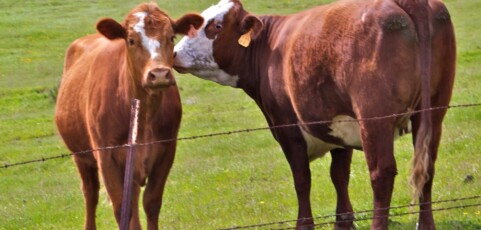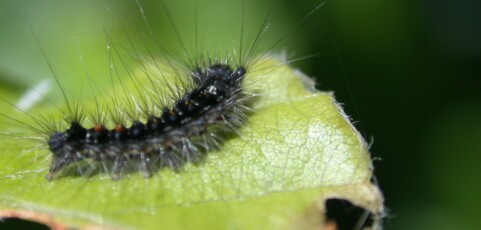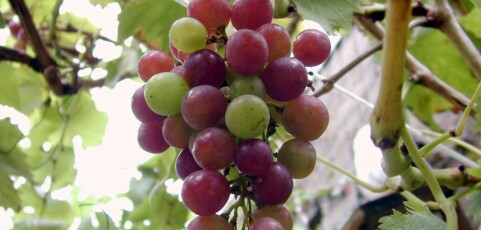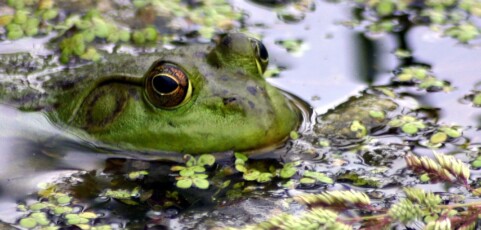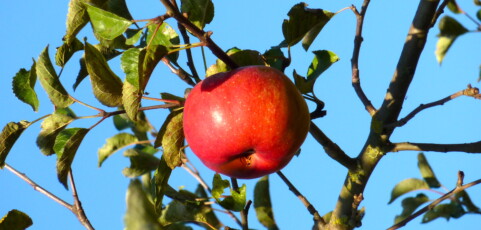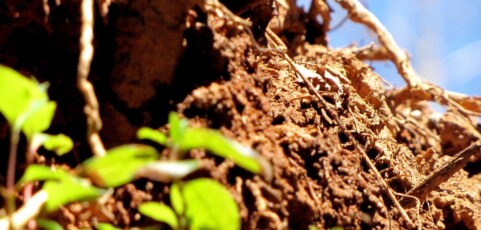As part of ILEIA’s efforts to promote the documentation of field-based experiences, this booklet describes 18 different methods, including approaches such as participatory videos or story guides. It also presents the work of 18 projects and organisations, as online references.
Beef Cattle Finishing and Narrow Strip Cropping System in Kansas, USA
Using strip cropping residues and cover crops, cattle can be finished for slaughter, reducing supplemental feed requirements while increasing soil nitrogen fertility.
Using Weed Borders to Manage Insect Pests in California Cauliflower Fields
Weed borders are used in an agroecosystem to attract insects, facilitating colonization in the adjacent cauliflower crop.
Soil Ecology of Grape Phylloxera and the Potential for Biological Control
Soils in California organic vineyards contain clues to the biocontrol of grape phylloxera, an aphid-like insect that is potentially the most serious grape pest in the world.
Pre-Hispanic Raised Field Systems in the Quintana Roo, Mexico
Remnants of ancient canals and raised beds in the lowlands of Quintana Roo, Mexico demonstrate techniques of wetland farming that were sustained for more than 1000 years.
Mustard Cover Crops in Apple Orchards in California, USA
Read MoreCover-Cropping with Rye and Bellbeans in California Vegetable Production
Read MoreBroccoli/Lettuce Intercropping in California, USA
Read MoreBiological Control with Beneficial Insectary Plantings
Introducing flowering plants into agroecosystems increases pollen and nectar resources that stimulate populations of the natural enemies of insect pests.
Cajete Terracing Systems in Tlaxcala, Mexico
The Cajete terrace system of collecting water and reducing soil erosion has been in use since pre-Hispanic times (1000 B.C.). Particularly important in present agriculture practices where people must grow their food on steep, erosion prone slopes.


